
How to Become a Jeweler: Career Tips for Aspiring Designers
Summary
Curious about how to become a jeweler? This article offers a comprehensive guide for individuals interested in pursuing a career in jewelry design. It outlines the necessary skills, education, and experience required to succeed in the field. Key points include obtaining a formal education or training, building a strong portfolio, gaining hands-on experience through apprenticeships or internships, and staying updated with industry trends and technologies. The article also emphasizes the importance of networking and continuous learning to advance in the competitive jewelry design industry.
Reflection Questions
- What are the most critical skills and knowledge areas mentioned in the article that are essential for a successful career in jewelry design?
- How does the article suggest aspiring jewelers can gain practical experience and build a professional network in the industry?
- What role does continuous learning and staying updated with industry trends play in the career development of a jeweler, according to the article?
Journal Prompt
Reflect on your interest in jewelry design. How do the career tips and guidance provided in the article align with your current skills and experiences? Identify specific steps you can take to enhance your qualifications and progress toward your goal of becoming a jeweler. Consider areas such as education, hands-on experience, portfolio development, and networking.
Jewelry holds both aesthetic and sentimental value. The ability to create such meaningful objects is a remarkable skill. If you’re a creative person with meticulous attention to detail and a desire to learn the intricacies of metalwork, a career in jewelry design could be an incredibly rewarding journey. In this article, we’ll outline the necessary steps to hone your talent and turn your passion into a thriving profession. Read on to learn all about how to become a jeweler!
What’s the Difference Between a Jewelry Designer and a Gemologist?
First, let’s make sure you want to become a jewelry designer and not a gemologist. A jeweler and a gemologist have distinct roles within the jewelry industry, each focusing on different aspects of jewelry and gemstones. The main difference lies in their specialization: jewelers focus on the creation and alteration of jewelry items, while gemologists focus on the evaluation and study of gemstones.
Both roles can overlap in settings like jewelry stores where both the aesthetic appeal of jewelry and the quality of gemstones are important. Interestingly, the Gemological Institute of America offers programs in both gemology and jewelry design.
Jeweler

A jeweler primarily designs, makes, or sells jewelry. This includes crafting jewelry pieces from metals and other materials, setting gemstones into jewelry, and sometimes performing repairs or modifications to jewelry. Jewelry makers often work directly with customers to create custom pieces or to repair jewelry. The focus is mainly on the artistic and technical skills needed to work with metals and other jewelry materials, including the design and fabrication of fine jewelry pieces.
Gemologist
A gemologist specializes in gemstones. They are trained to identify, grade, and appraise gemstones based on their characteristics and quality. This includes analyzing the color, clarity, cut, and carat weight of gemstones, as well as identifying natural gemstones from synthetics and detecting any treatments done to enhance the stones.
The primary focus is on the scientific knowledge of gemstones. Gemologists use specialized equipment to study gemstone properties and often work in labs, appraisal services, or within retail environments to provide certifications and valuations.
Understanding the Basics of Jewelry Making
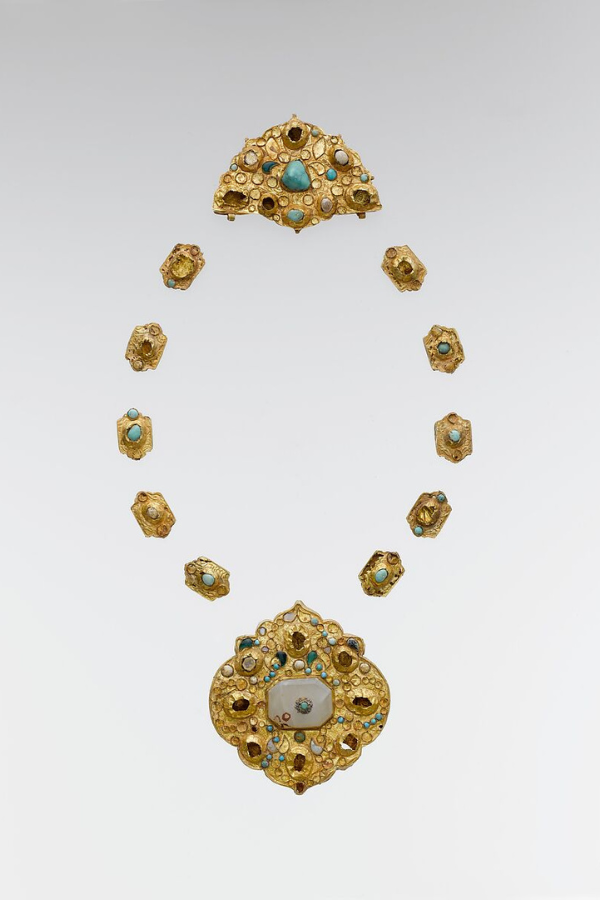
The choice of materials in jewelry making is vast, but gold, silver, and precious gems are among the most traditional and valued. Gold is prized for its luster and ductility, making it ideal for crafting intricate designs. It comes in various purities, known as karats, which affect its strength and color.
Silver, lighter in color and more affordable, is favored for its reflective quality and ease of manipulation. Precious gems such as diamonds, rubies, sapphires, and emeralds add color and luxury to jewelry pieces. Each material has specific handling and care requirements for jewelry designers, influencing the tools and methods used in jewelry making.
Basic Tools and Jewelry Making Techniques
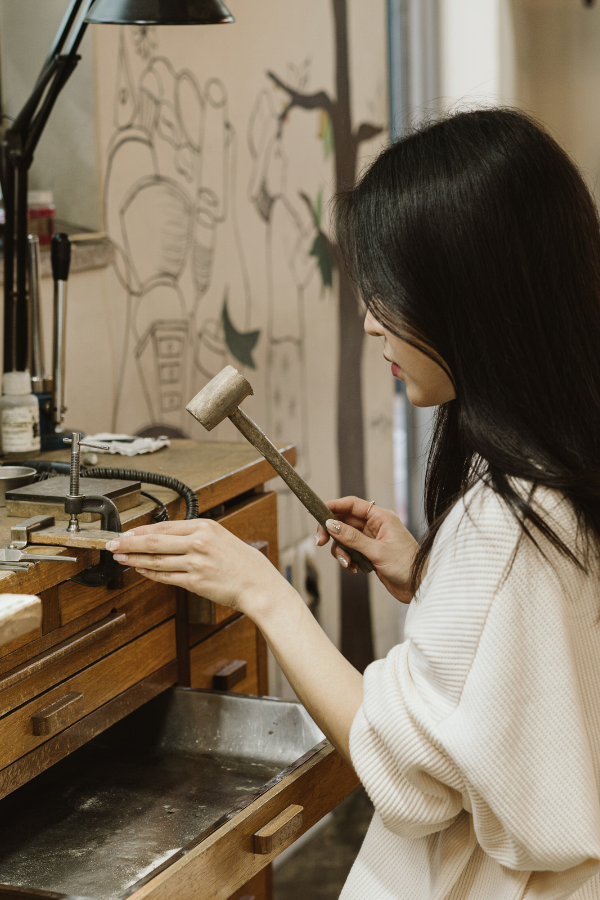
Jewelry making requires a set of specialized tools and techniques. Basic tools include pliers (for bending wire and metal), cutters (for trimming metal and wire), soldering equipment (for joining metal pieces), and polishing tools (for finishing surfaces).
Techniques such as casting (pouring metal into molds), forging (shaping metal through heating and hammering), and setting (securing stones in metal) are fundamental. Each technique requires practice and precision, and mastering them is crucial for anyone aspiring to become a skilled jeweler. As beginners advance, they may also explore more complex techniques like enameling or filigree, further broadening their crafting capabilities.
Complex and Historical Techniques
As jewelers become more proficient in basic techniques, they often explore more complex methods to create intricate and unique jewelry designs. Below are some of the more advanced techniques used in jewelry making.
Enameling: This technique involves fusing powdered glass to metal to create colorful, glass-like finishes. The process requires high temperatures to melt the glass, and it can be used to add vibrant colors and designs to metal pieces.
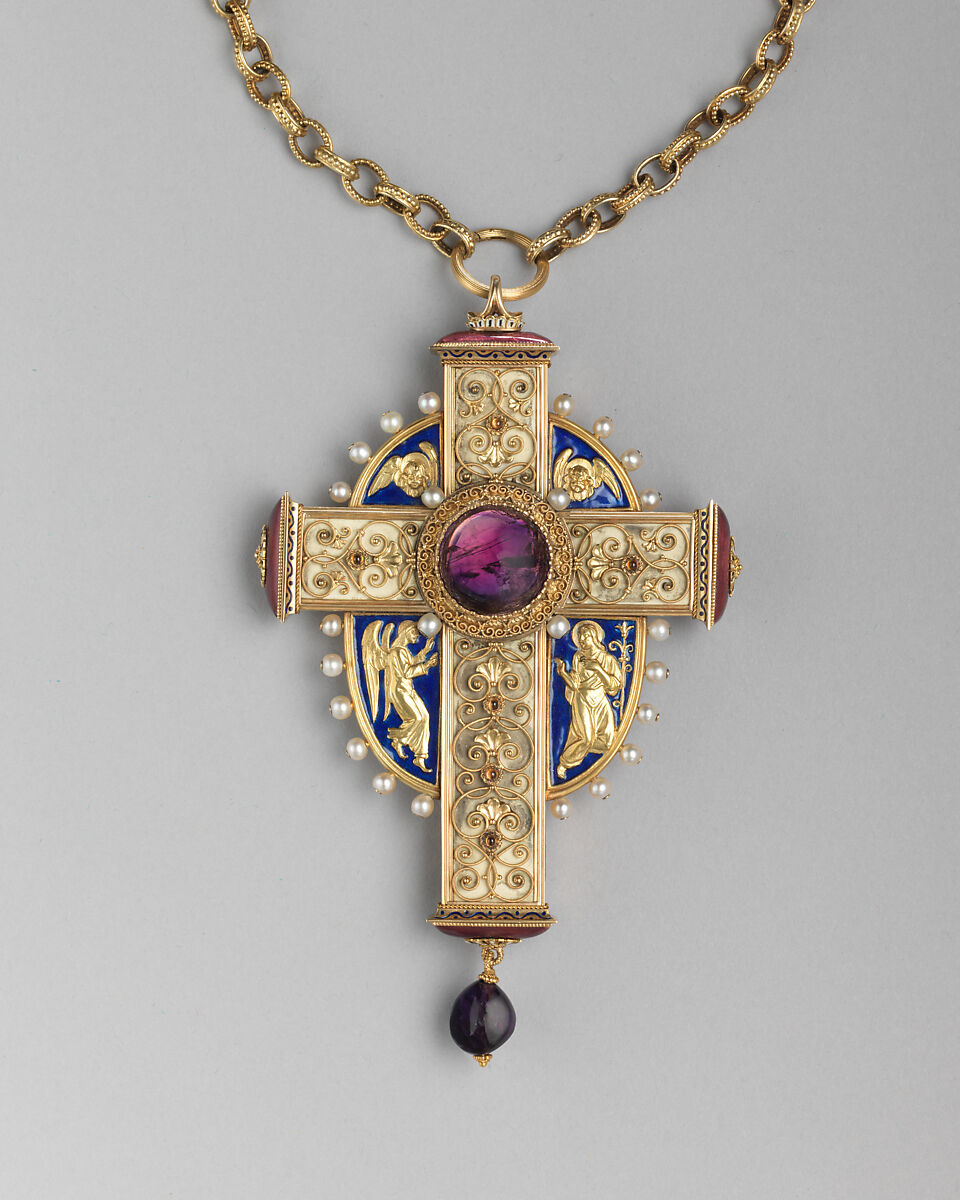
Filigree: Filigree involves twisting and curling threads of precious metals and arranging them into delicate, lace-like patterns. This technique is highly detailed and requires a steady hand and considerable patience to execute intricate designs.
Repoussé and Chasing: These are complementary techniques used to create raised or indented patterns on metal. Repoussé involves hammering metal from the reverse to create a raised design, while chasing is done on the front to refine the design and add detail. Both require special tools and a significant amount of skill to manipulate the metal effectively.
Mokume-gane: A Japanese technique that involves layering various colored metals and manipulating them to create a distinctive marbled or wood grain effect. This technique is used in both decorative arts and jewelry making and requires precise control of heating and forging.
Granulation: This ancient technique involves creating tiny spheres of metal (granules) and fusing them onto a base piece without melting them completely, forming intricate patterns. It is a painstaking process that requires a high level of precision.

Pavé Setting: This is a stone-setting technique where small diamonds or gemstones are set closely together, covering the surface with stones so that little or no metal is visible. The stones are held in place with tiny beads or prongs.
Lost Wax Casting: Also known as investment casting, this technique involves creating a wax model of the piece, which is then encased in a mold. The wax is melted out and replaced by molten metal. This method allows for intricate details and is common in creating complex and unique shapes.
Gaining the Knowledge You Need to Become a Jeweler
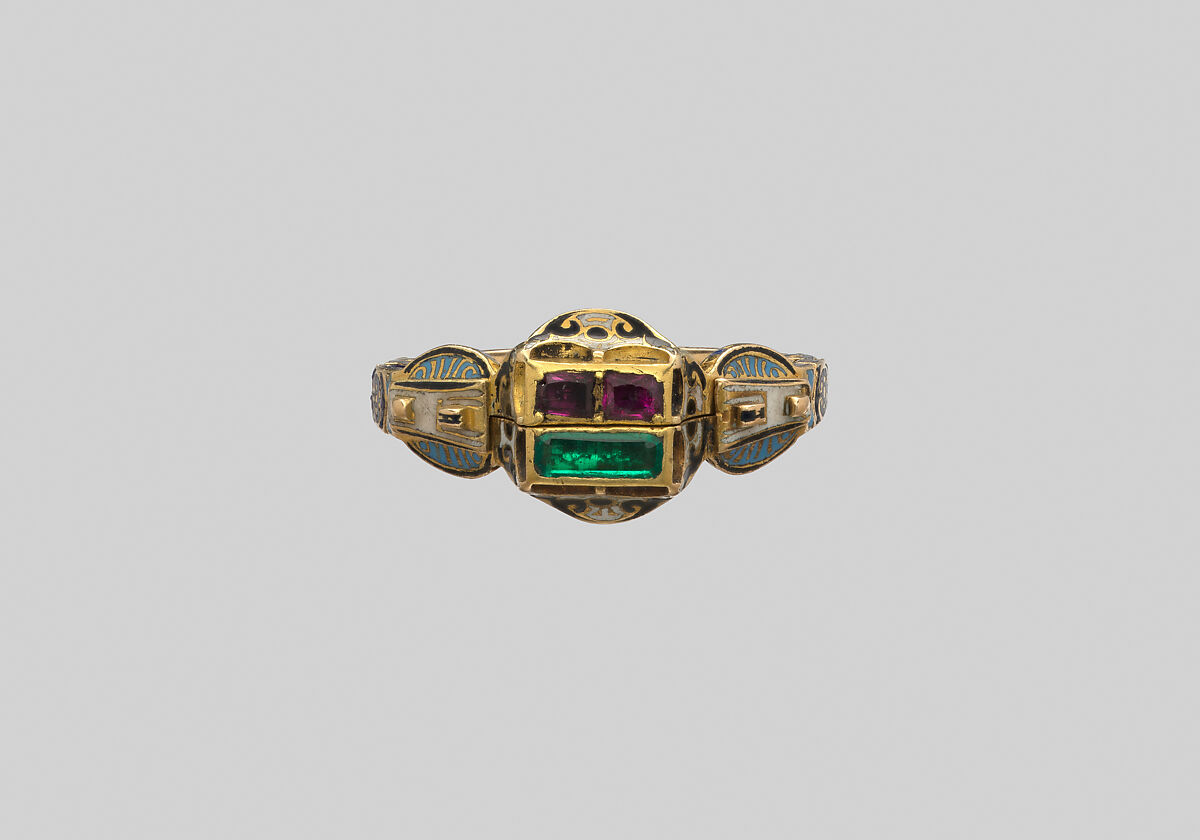
People aspiring to become jewelers can take various educational paths, ranging from formal degree programs to hands-on apprenticeships in jewelry repair and design. Let’s take a look at these different pathways so you can determine which is right for you.
Formal Education
Many jewelers pursue formal education after receiving their high school diploma, such as a Bachelor’s or Associate degree in jewelry design, metalsmithing, or a related field if their goal is to start their own business. These programs are offered by art schools and universities and provide a comprehensive curriculum that covers both the artistic and technical aspects of jewelry making. Students learn about design principles, jewelry history, sketching, and rendering, as well as practical skills like metalworking, stone setting, and casting. They also typically study the fine arts to develop their artistic skills beyond jewelry making.
Advanced courses might delve into specialized techniques like engraving, enameling, or computer-aided design (CAD) modeling, which is increasingly important in the modern jewelry industry. These programs also often include business courses that provide future jewelers with jewelry sales, small business management, and marketing knowledge.
Respected Programs and Certifications in Jewelry Design
Gemological Institute of America (GIA): GIA provides a range of diploma programs and certifications in jewelry design and gemology. Their Graduate Jeweler program is particularly hands-on, focusing on jewelry fabrication and repair, teaching skills in working with precious metals and gemstones.
LdM Institute: Located in Florence, Italy, the LdM Institute offers a One-Year Certificate in Jewelry Design. The program covers fundamental and innovative jewelry-making techniques, including wax carving, casting, stone setting, and digital design. The curriculum also includes the history of jewelry and practical courses in metal construction. It’s an excellent course for those hoping to join the jewelry industry worldwide. If you want to become a bench jeweler, this might be the program for you.
Savannah College of Art and Design (SCAD): SCAD is known for its comprehensive jewelry design program which prepares students for various careers in the jewelry industry. The program includes training in advanced techniques and materials, and offers opportunities for students to engage with industry leaders through workshops and events.
SUNY Buffalo State University: Their Jewelry Arts Certificate program offers foundational training in jewelry and metalsmithing design, emphasizing both technical skills and aesthetic development. The program includes courses in digital design and fabrication, making it a good blend of traditional and modern techniques.
Baltimore Jewelry Center: Offers a Certificate Program that provides thorough training in metals and jewelry, suitable for different career paths in the industry. Their program includes a range of classes from basic metal fabrication to advanced design and stone setting.
Trade Schools and Technical Programs

Alternatively, trade schools and technical colleges offer more focused programs that typically last from a few months to a year. These programs concentrate on hands-on training, giving students a direct path to acquiring the practical skills needed to start working as a jeweler.
They cover essential techniques in jewelry manufacturing such as cutting, soldering, and polishing, along with detailed instructions on using jewelry-making tools and machinery. These programs are beneficial for individuals looking to enter the workforce quickly or for those who prefer a more practical approach to learning.
Apprenticeships and Workshops
Apprenticeships are another valuable path, providing on-the-job training under the guidance of experienced jewelers. Apprentices learn traditional techniques and modern methods directly within a working environment, which can provide a deep understanding of the day-to-day operations of jewelry stores.
Additionally, many jewelers enhance their skills through workshops and short courses offered by professional organizations or private institutions. These can be particularly useful for learning specialized techniques or for continuing education throughout a jeweler’s career.
Fuel your creative fire & be a part of a supportive community that values how you love to live.
subscribe to our newsletter
*please check your Spam folder for the latest DesignDash Magazine issue immediately after subscription

Self-Learning and Online Courses
With the rise of digital platforms, many aspiring jewelers also turn to online courses and tutorials to start or enhance their education. Online learning can offer flexibility and access to a broad range of topics, from basic jewelry making to advanced gemology. While online courses can provide foundational knowledge and introduce various techniques, they are typically complemented by hands-on practice to master the craft effectively.
Our Top Tips for Starting Your Jewelry Business
Before you apply for a business license or DBA, you’ll need to develop your unique style or specialize in custom designs. Establishing a unique style is crucial for any jeweler wanting their own jewelry business to stand out in the market. A distinctive style not only defines your brand but also attracts a specific clientele who identify with your aesthetic. It serves as your signature, allowing your work and your jewelry store to be recognized and remembered among a sea of competitors.
Developing your personal style involves a blend of inspiration and understanding of current trends. Start by exploring themes or stories that resonate with you and sketch regularly to refine your ideas into tangible designs. Experiment with materials and techniques to find what best expresses your vision, and be open to feedback as it can guide your evolving style.
Building a Brand Around Your Jewelry

Building a brand around your jewelry is more than just selling products; it’s about creating an experience that resonates with your customers. This includes a cohesive visual identity (logo, colors, packaging), a compelling narrative about your craftsmanship, and consistent communication through your website and social media platforms. Engaging storytelling and high-quality visuals are key to connecting with your audience and building a loyal customer base.
Setting Up Your Jewelry Business
To start jewelry stores, jewelers begin by drafting a business plan that outlines your business model, products, market, and financial projections. Register your business, obtain necessary licenses, and choose a suitable location, whether online or brick-and-mortar. Invest in quality tools and materials, and develop a workflow that allows for the efficient production of your pieces.
Understanding the market is crucial to identifying your niche. Research current trends, potential competitors (other designers), and target demographics. Keep up with industry news. Analyze what unique angle your jewelry can offer, whether it’s a specific style, material, or story. This niche will guide your product development, marketing strategies, and customer engagement.
Marketing Strategies for New Jewelers
For new jewelers, effective marketing strategies include leveraging social media for visibility and engagement, creating a user-friendly online store, and participating in local events and craft fairs to build direct relationships with customers. Consider email marketing to keep your subscribers and potential clients informed about new collections and special offers. SEO optimization for your website will also help attract more visitors organically.
Make Sure Your Business is Fully Legal!
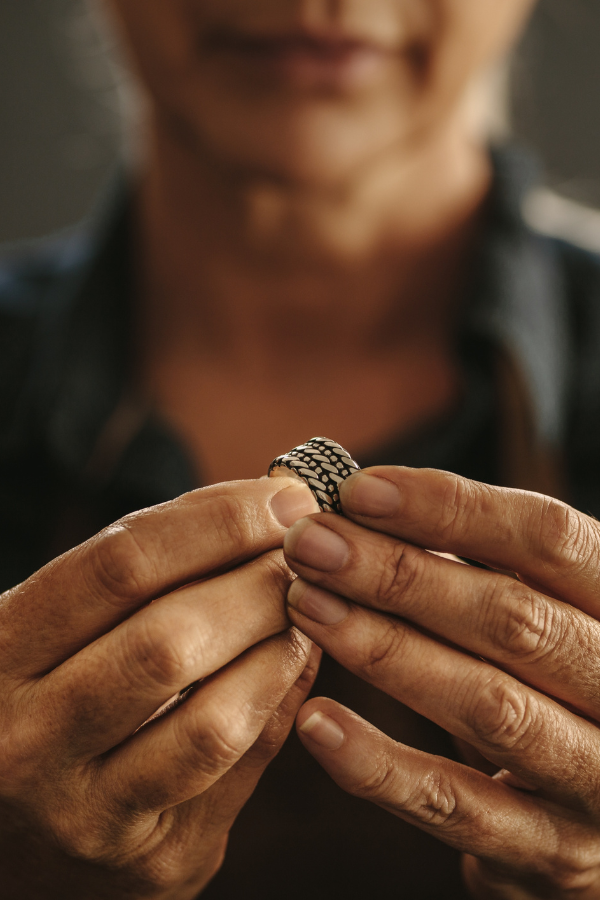
Ensure compliance with local and federal regulations by obtaining necessary business licenses and permits. If you plan to operate online, understand the e-commerce regulations that apply, including sales tax collection. Copyright your designs to protect them from being copied without permission.
Implement an accounting system to manage your finances effectively. This includes tracking revenues, costs, and profits, along with managing invoices and expenses. Regular financial analysis can help you make informed decisions about pricing, investments, and cost control.
Obtain insurance to protect against potential risks such as theft, damage, or liability claims. Consider specific insurances like property insurance for your inventory and liability insurance in case of customer disputes or other business-related issues.
Start Selling Your Work
Explore both traditional and online selling platforms to reach a broader audience. Traditional outlets include craft fairs, jewelry shows, and consignment in boutiques, which allow for personal interaction with customers. Online platforms like Etsy, your e-commerce website, or social media can reach a global audience and operate 24/7.
Participating in jewelry shows and exhibitions can significantly increase your visibility and credibility. These events provide a platform to showcase your work, network with other jewelers, and engage with potential buyers and industry experts.
Building Relationships with Galleries and Boutiques
Develop relationships with galleries and boutiques that cater to your target audience. These partnerships can offer exclusive opportunities to showcase your work and reach customers who appreciate high-quality, artisan-crafted jewelry. Maintaining good relationships with these outlets can lead to recurring business and referrals.
Now, You’re Ready to Pursue a Career in Jewelry Making!
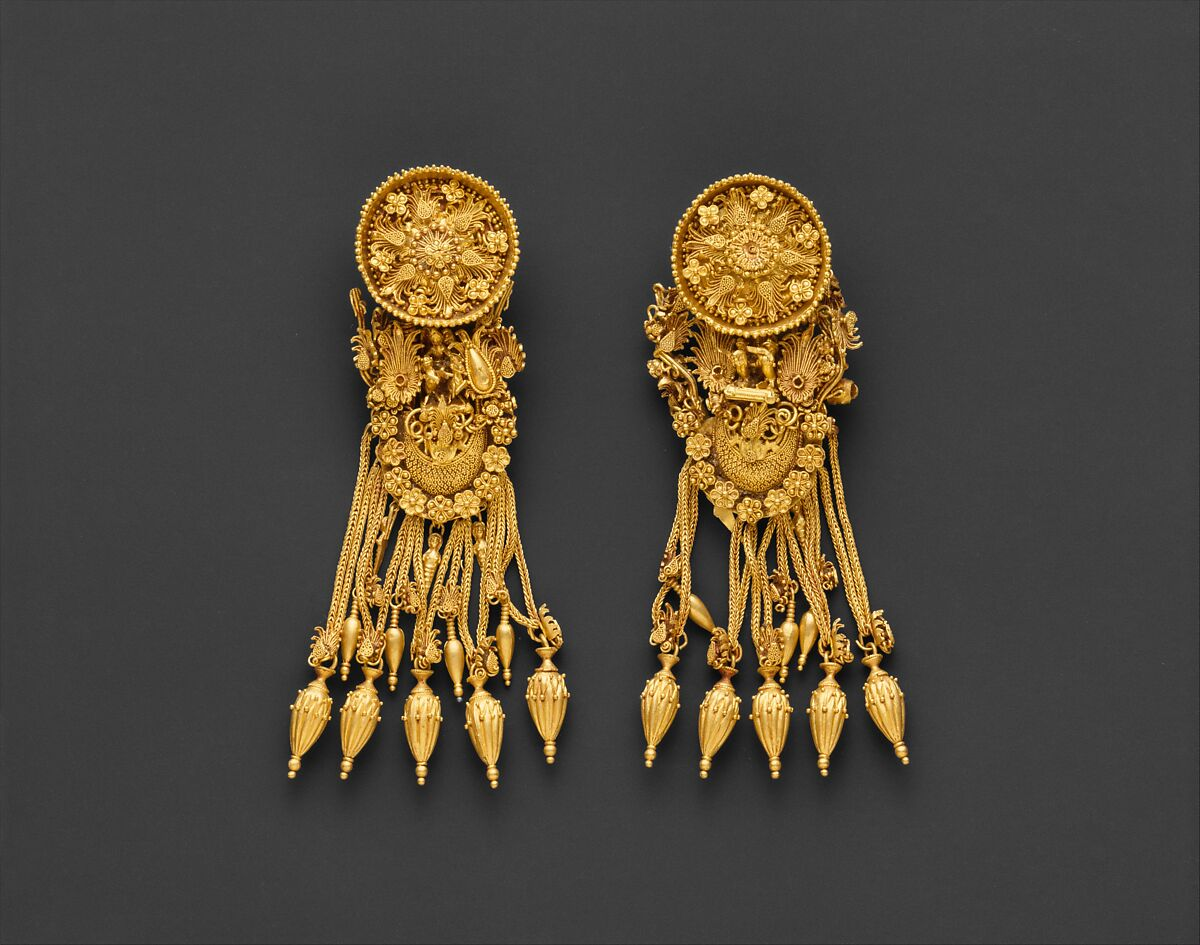
This field not only empowers you to express your artistic vision but also provides a platform to create something tangible and enduring that can carry personal or cultural significance. Whether you’re drawn to the allure of precious metals and gemstones or the satisfaction of crafting a piece of art from scratch, the world of jewelry design is rich with opportunities.
This career celebrates both tradition and innovation, allowing you to set your own rules and thrive in a space where your work can be as dynamic and multifaceted as you are. We encourage every woman with a spark of creativity and a drive for business to consider this fulfilling and meaningful career path, where you can truly shine and inspire.
Design Dash
Join us in designing a life you love.
The New Black: Charcoal, Ink, and Graphite as Core Neutrals
Across showrooms, studios, and recent client projects, black-adjacent hues—charcoal, ink, graphite—are shifting into the spotlight.
Here’s What to Do About Textured Wallcoverings That Gather Dust
Textured wallcoverings can gather dust, but they’re worth the extra effort. Here’s how to keep them clean and talk to your clients about it.
Interior Design Trend: Beaded Lamps & String Light Fixtures
To honor another interesting HPMKT interior design trend, we’ve rounded up nine fun string light fixtures and beaded lamps.
Draw Design Inspiration from These Architectural Digest Features
From Munich to Paris, we’re spotlighting three recent features from Architectural Digest that made us pause and take note.
Spring HPMKT Design Trends: Color Drenching with Confidence
The color drenching trend has been around for a few years, the desire for impactful interiors continued this season at High Point Market.
Black Leather Furniture Has Made a Fashionable Return to Interiors
When paired with walnut, oak, or birch, black leather furniture strikes a beautiful balance between complete comfort and timeless materiality.








